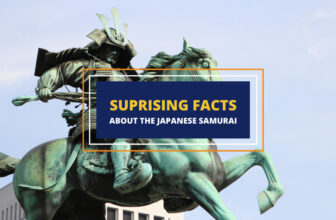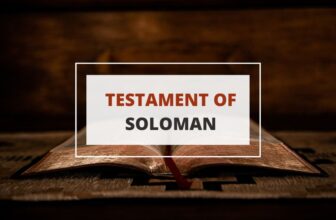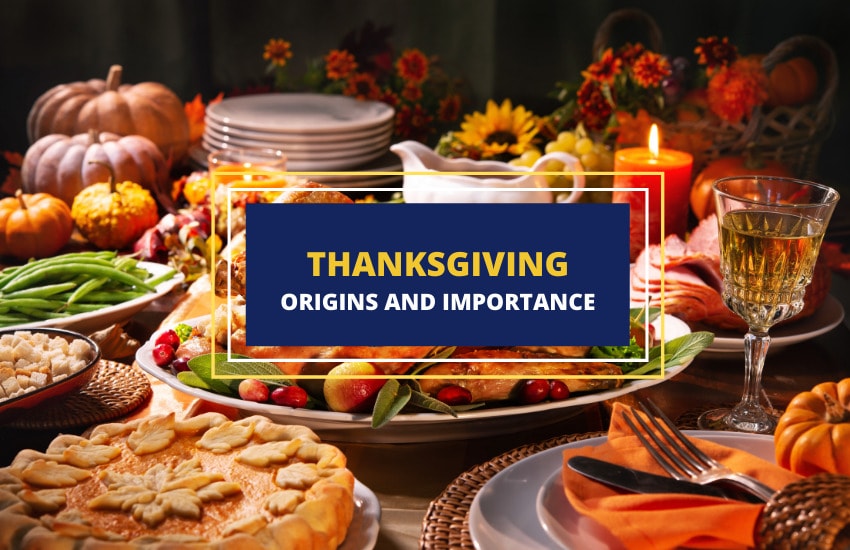
Table of Contents
Thanksgiving is an American federal holiday celebrated on the last Thursday in November. It began as an autumn harvest festival organized by the English colonists of Plymouth (known also as the Pilgrims).
Held first as a way to thank God for the harvest, this celebration eventually became secularized. However, the core tradition of this festivity, the Thanksgiving dinner, has remained consistent over time.
The Pilgrims’ Journey
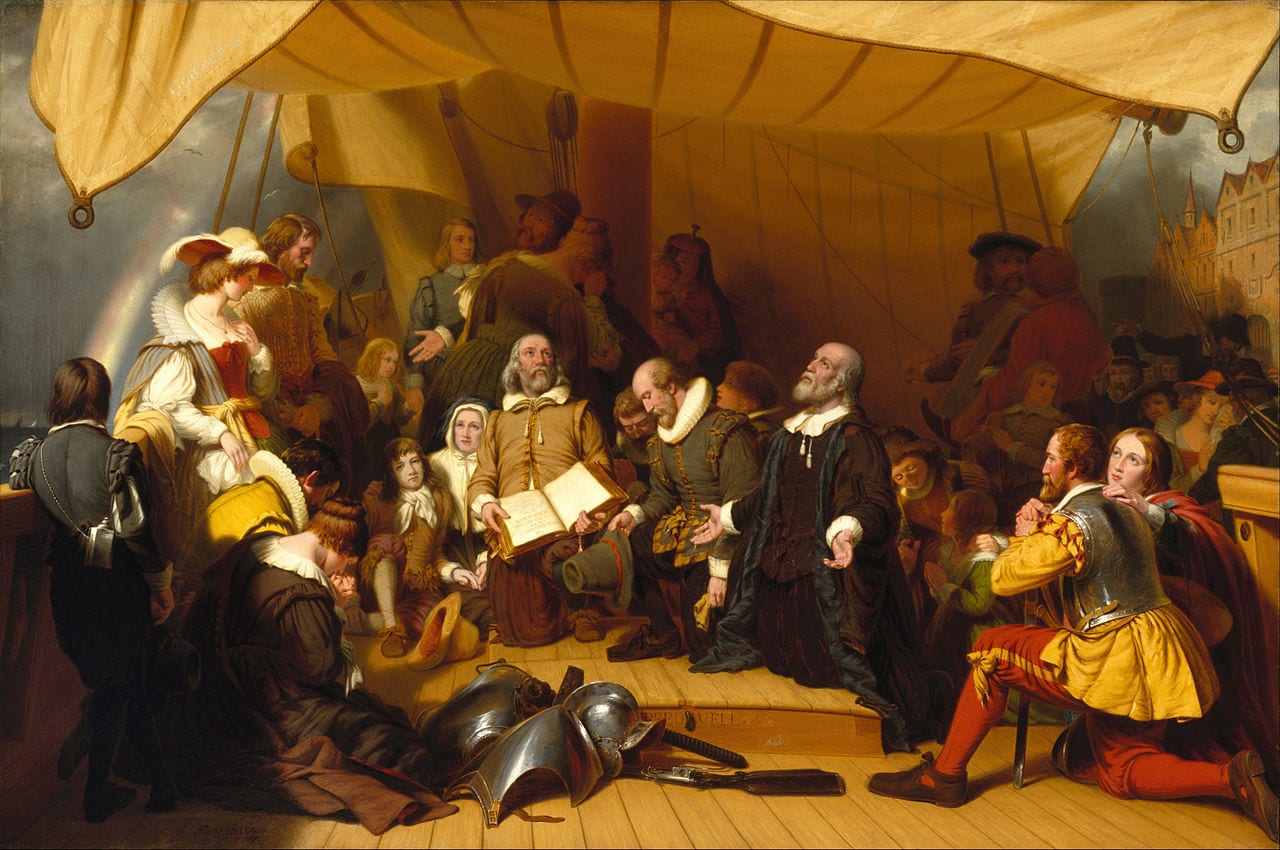
By the beginning of the 17th century, the persecution of religious dissidents had led a group of Separatist Puritans to flee from England to Holland, in the Netherlands.
Puritans were Christian Protesters interested in ‘purifying’ the Church of England from traditions that resemble those of the Catholic Church, while Separatists advocated for more drastic changes. They thought that their congregations should be autonomous from the influence of the state church of England.
Led by this search for religious autonomy, 102 English Separatists both men and women, crossed the Atlantic on the Mayflower to settle on the east coast of New England in 1620.
The pilgrims arrived at their destination on November 11 but decided to spend winter aboard the ship, as they didn’t have enough time to build adequate settlements for the coming cold. By the time the snow had melted away, at least half of the Pilgrims had died, mainly due to exposure and scurvy.
Alliance with the Native Americans
In 1621, the Pilgrims founded the colony of Plymouth, however the task of settling in turned out to be a lot more difficult than they had expected. Luckily for the English settlers, in their moment of most need, they came into contact with Tisquantum, known also as Squanto, a Native American from the tribe of the Patuxet, whose help would prove essential for the newcomers. Squanto was the last surviving Patuxet, as all the other Patuxet Indians had died due to an outbreak of disease, brought by European and English invasions.
Squanto had had interactions with the English in the past. He had been taken to Europe by the English explorer Thomas Hunt. There he was sold into slavery but managed to learn English and eventually returned to his homeland. He then discovered that his tribe had been wiped out by an epidemic (probably smallpox). Reportedly, Squanto then went to live with the Wampanoags, another native American tribe.
Squanto taught the Pilgrims how and what to cultivate on American soil. He also took up the role of a liaison between the English settlers and Massasoit, the chief of the Wampanoags.
Thanks to this mediation, the colonists of Plymouth were able to establish good relations with the local tribes. Ultimately, it was the possibility of trading goods (such as food and medicine) with the Wampanoags that allowed the Pilgrims to survive.
When was the First Thanksgiving Celebrated?
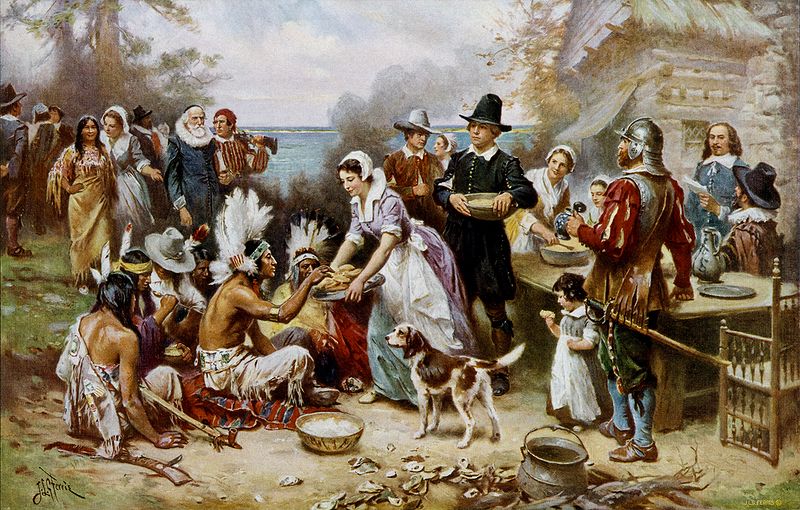
In October 1621, the Pilgrims celebrated an autumn harvest festival to thank God for their survival. This event lasted for three days and was attended by 90 Wampanoags and 53 pilgrims. Considered the first American Thanksgiving, this celebration set the precedent for a tradition that would last to modern times.
For many scholars, the invitation to join the ‘first American Thanksgiving feast’ made to the Wampanoags represents a show of the goodwill that the Pilgrims held towards their native allies. Likewise, in the present, Thanksgiving is still regarded among Americans as a time for sharing, putting differences aside, and reconciling.
However, although this is the version of events that most are familiar with, there is no evidence that such an invitation had been extended to the natives. Some historians contend that the Wampanoags had appeared uninvited as they had heard the sound of gunshots from the Pilgrims celebrating. As Christine Nobiss puts it in this article on Bustle:
“One of the most celebrated mythologies is the holiday of Thanksgiving, which is believed, since 1621, to be a mutually sanctioned gathering of “Indians” and Pilgrims. The truth is far from the mythos of popular imagination. The real story is one where settler vigilantes unyieldingly pushed themselves into Native American homelands and forced an uneasy gathering upon the locals”.
Has There Always Existed Only One Thanksgiving Day?
No. There have been many thanksgiving celebrations throughout history.
According to historical records, setting apart days to thank God for one’s blessings was a common tradition among the European religious communities that came to the Americas. Moreover, the first thanksgiving ceremonies celebrated in what is currently considered US territory were conducted by Spaniards.
By the time the Pilgrims had settled in Plymouth, the colonists of Jamestown (the first permanent English settlement of New England) had already been celebrating thanksgiving days for more than a decade.
Nevertheless, none of the previous thanksgiving celebrations would get to become as iconic as the one held by the Pilgrims.
The Different Dates of Thanksgiving Across Time
After the first Thanksgiving celebrated in 1621 by the Pilgrims, and for the next two centuries, thanksgiving ceremonies would be held on different dates across the US territory.
- In 1789, compelled by the US Congress, President George Washington declared November 26 as “a Day of Public Thanksgiving”. Nevertheless, President Thomas Jefferson preferred not to observe the festivity. Subsequent presidents re-instituted Thanksgiving as a national holiday, but the date for its celebration varied.
- It wasn’t until 1863 that President Abraham Lincoln passed a law to make Thanksgiving a holiday to be celebrated on the last Thursday of November.
- In 1870, President Ulysses S. Grant signed a bill to make Thanksgiving a federal holiday. This action helped to spread the thanksgiving tradition among the different communities of immigrants that were scattered throughout the US, especially the ones that arrived during the late 19th century and the early 20th century.
- In 1939, however, President Franklin E. Roosevelt passed a resolution to celebrate Thanksgiving one week earlier. The holiday was observed on this date for two years, after which it finally went back to its former date, due to the controversy that the change had caused among the US population.
- Ultimately, by an act of the Congress, from 1942 onward, Thanksgiving was celebrated on the fourth Thursday of November. Currently, changing the date of this holiday is no longer a presidential prerogative.
Activities Associated with Thanksgiving
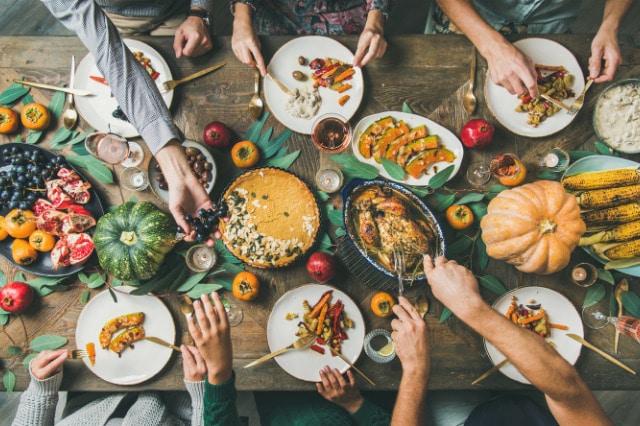
The main event of this holiday is the Thanksgiving dinner. Every year, millions of Americans gather around the table to eat the traditional dish of roast turkey, among other dishes, and to spend some good time with family and friends.
But others prefer to dedicate themselves to alleviate the burdens of the less fortunate on Thanksgiving. Charities activities during this holiday might include volunteering at public shelters, helping to share food with the poor, and giving second-hand clothes away.
Parades are also among the traditional Thanksgiving activities. Every year, different cities across the United States hold Thanksgiving parades to commemorate the first Thanksgiving. With more than two million spectators, the New York City parade is by far the most famous of all.
Tracing back to at least the beginning of the 20th century, another well-known Thanksgiving tradition is the turkey pardoning. Every year, the president of the United States ‘pardons’ at least one turkey and sends it to a retirement farm. This act might be taken as a symbol of forgiveness and its necessity.
Traditional Thanksgiving Foods
Besides the all-time favorite roasted turkey, some of the foods that might be present during a traditional Thanksgiving dinner are:
- Mashed potatoes
- Gravy
- Sweet potato casserole
- Green beans
- Turkey stuffing
- Corn
- Pumpkin pie
Even though turkey tends to be the centerpiece of every Thanksgiving dinner, other birds, such as duck, goose, pheasant, ostrich, or partridge, are also options to be consumed.
Regarding sweet foods, the list of traditional Thanksgiving desserts generally consists of:
- Cupcakes
- Carrot cake
- Cheesecake
- Chocolate chip cookies
- Ice cream
- Apple pie
- Jell-o
- Fudge
- Dinner rolls
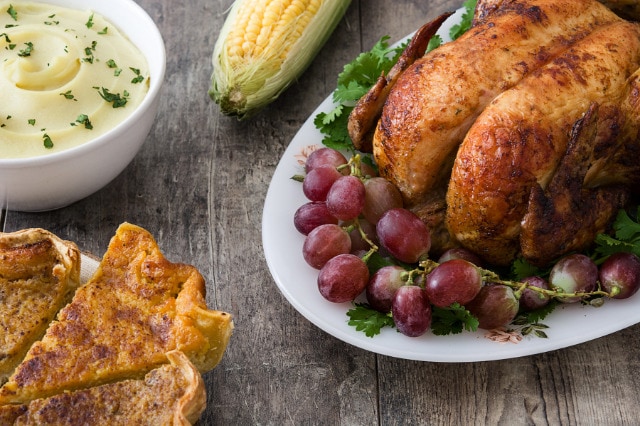
While today’s Thanksgiving dinner tables contain most of the above list of foods, at the first Thanksgiving dinner, there weren’t any potatoes (potatoes hadn’t yet come over from South America), no gravy (there were no mills to produce flour), and no sweet potato casserole (tuber roots hadn’t yet made their way over from the Caribbean).
There probably was lots of wild birds such as turkey, geese, ducks, and swans, as well as deer, and fish. Vegetables would have included onions, spinach, carrots, cabbage, pumpkin, and corn.
Conclusion
Thanksgiving is an American federal holiday celebrated on the fourth Thursday of November. This celebration commemorates the first autumn harvest festival organized by the Pilgrims in 1621 – an event during which the English colonists of Plymouth thanked God for all the favors granted to them.
During the 17th century, and even before, thanksgiving ceremonies were popular among the religious European communities that came to the Americas.
Despite having started as a religious tradition, throughout time Thanksgiving has progressively become secularized. Today, this celebration is considered a time for putting aside differences and spending time with friends and family members.





